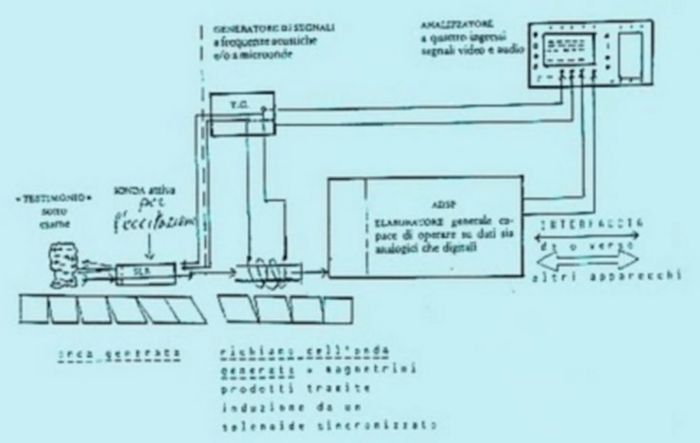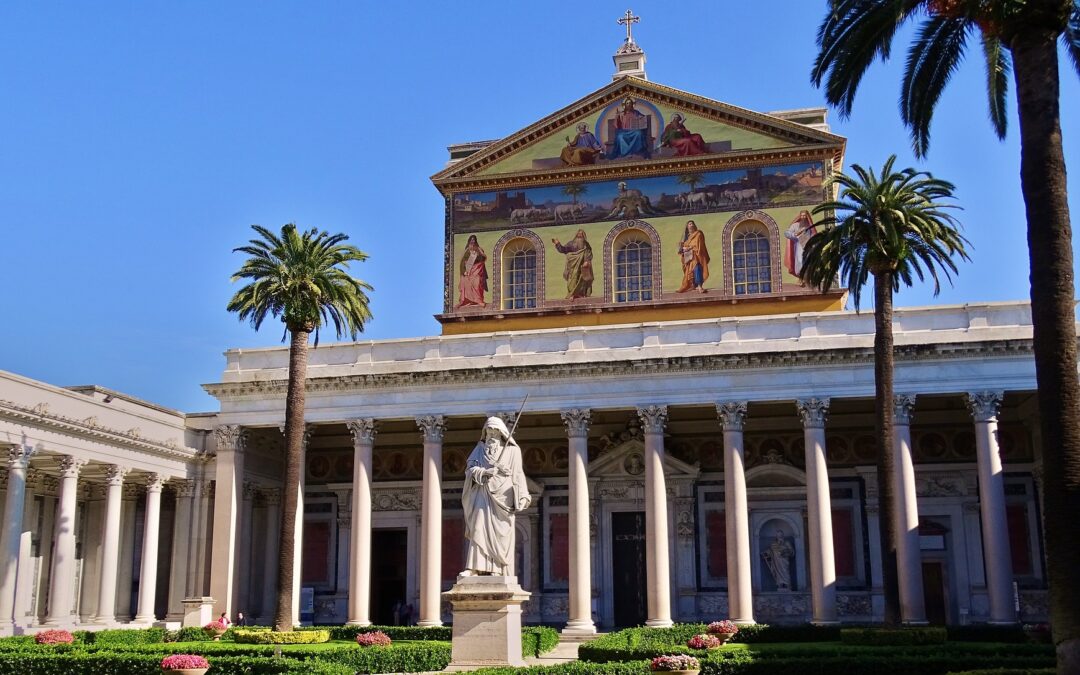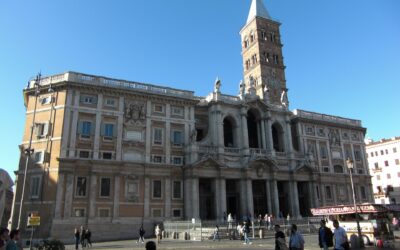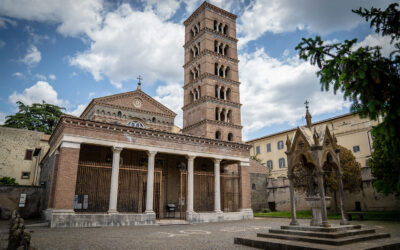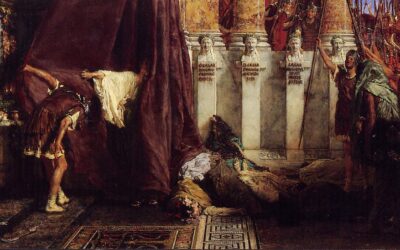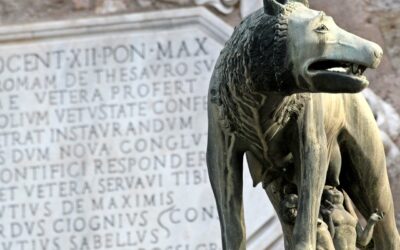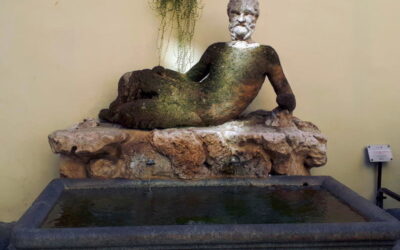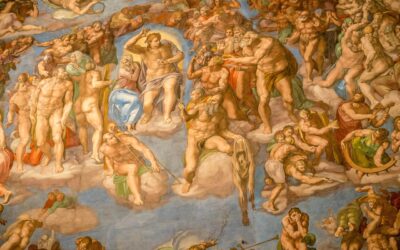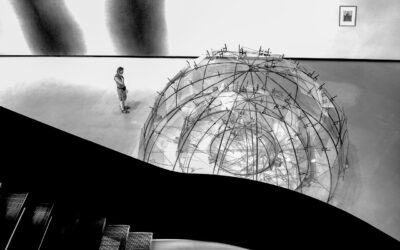In the heart of Vatican City, a place renowned for its deep-seated history and enigmatic secrets, there exists a legend that has fascinated conspiracy theorists, historians, and science fiction enthusiasts alike. This legend revolves around a device known as the “chronovisor,” a purported machine that has the ability to view past events and even glimpse into the future. Concealed within the Vatican vaults, the chronovisor is a subject of controversy, intrigue, and fascination. In this comprehensive exploration, we unravel the tale of the chronovisor, examining its origins, the controversies surrounding it, the intricate technical schema it supposedly follows, and the intricate interplay between science, religion, and the concept of time travel.
Origins of the Chronovisor: A Glimpse into Time Travel
The chronovisor is said to have been conceived by Italian priest and scientist, Father Pellegrino Maria Ernetti, in the 1950s. A multidisciplinary scholar with interests ranging from theology to quantum physics, Ernetti claimed to have collaborated with a team of brilliant minds, including Nobel laureate Enrico Fermi and telecommunications pioneer Guglielmo Marconi, to develop the chronovisor. According to the legend, this device had the remarkable capability to capture and visualize specific events from the past by tuning into the residual electromagnetic radiation that lingers as a consequence of historical occurrences.
The concept of the chronovisor was rooted in a melding of science and spirituality, bridging the gap between Ernetti’s religious beliefs and his scientific pursuits. This fusion captured the imaginations of many, as it offered the tantalizing possibility of witnessing pivotal moments in history, from Christ’s crucifixion to ancient civilizations’ triumphs and tragedies.
Functionality and Controversies
The purported functionality of the chronovisor is no less than astonishing. It was described as a complex device with antennas, cathode ray tubes, and other intricate components. According to Ernetti, the chronovisor could be calibrated to a specific date and location, effectively “tuning in” to the electromagnetic echoes of the past. These echoes were then transformed into images and sounds, allowing the viewer to witness historical events almost as if they were present.
However, as captivating as the concept may be, the chronovisor remains shrouded in skepticism and controversy. No physical evidence of the device has ever been presented, and the alleged blueprints and photographs of the device have been met with skepticism. Critics argue that the technology required to achieve such feats was far beyond the scientific capabilities of the time. Moreover, Ernetti’s collaboration claims have been disputed by the individuals he mentioned, leading to doubts about the device’s existence.
Vatican’s Involvement and Concealment
One of the most intriguing aspects of the chronovisor legend is its purported connection to the Vatican. It is said that Father Ernetti shared his invention with the Vatican authorities, who were allegedly both intrigued and concerned by its potential implications. The Vatican, often associated with preserving historical and religious artifacts, was believed to have taken possession of the chronovisor and concealed it within its vast and secretive archives.
The Vatican’s stance on the chronovisor remains ambiguous. Officially, the Vatican has never confirmed the existence of such a device within its vaults. However, rumors persist that it might be part of the Church’s well-guarded secrets, hidden away to prevent any misuse or disruption of historical narratives.
The Technical Schema of the Chronovisor: Deciphering the Alleged Design
While the chronovisor’s existence remains shrouded in mystery and controversy, the legend comes with a tantalizingly detailed technical schema that purportedly outlines the inner workings of this enigmatic device. The alleged design of the chronovisor presents a complex blend of technology, physics, and metaphysics that promises to unlock the secrets of time itself. Although the authenticity of this schema is widely debated, let’s take a closer look at what it entails.
1. Antenna System: At the core of the chronovisor’s design is an intricate antenna system. According to the legend, the device utilized a series of precisely calibrated antennas to capture residual electromagnetic radiation from historical events. These antennas were meant to pick up the faint echoes that reverberate throughout the space-time continuum, capturing the visuals and sounds of the past.
2. Cathode Ray Tubes (CRTs): The captured electromagnetic signals were purportedly fed into an array of cathode ray tubes (CRTs). These tubes were responsible for translating the electromagnetic data into visible images and sounds. In essence, the CRTs would reconstruct the events being observed, enabling viewers to witness historical occurrences with their own eyes and ears.
3. Quantum Lensing Mechanism: One of the most perplexing elements of the chronovisor’s design is its alleged utilization of quantum lensing. This mechanism, as described in the legend, involves manipulating the curvature of spacetime using advanced quantum principles. By bending spacetime around the captured electromagnetic signals, the chronovisor would effectively create a “lens” through which the past could be observed.
4. Time-Location Tuning Mechanism: To fine-tune the chronovisor’s observations, the alleged design includes a complex mechanism for selecting specific points in time and space. This tuning mechanism would allow users to input desired dates and locations, effectively “tuning in” to the electromagnetic echoes of particular historical events.
5. Amplification and Reconstruction: The captured electromagnetic signals required amplification and reconstruction to transform them into comprehensible images and sounds. This step involved advanced signal processing techniques that were intended to enhance the quality of the observed events.
6. Interface and Observational Experience: The final stage of the chronovisor’s design involved creating a user-friendly interface for observing the reconstructed historical events. The device was said to offer a visual display that allowed users to see the past scenes and an audio output for hearing the accompanying sounds.
Debates and Challenges
While the technical schema of the chronovisor is intriguing, it has faced substantial skepticism and criticism from the scientific community. Critics point out that the alleged design incorporates elements that were far beyond the technological capabilities of the time when Father Ernetti claimed to have created the device. Concepts like quantum lensing and precise electromagnetic event capture raise eyebrows among physicists and engineers who find these ideas to be highly speculative and not supported by existing scientific understanding.
Additionally, the lack of physical evidence and the inconsistencies in Ernetti’s claims have contributed to doubts about the authenticity of the schema. The absence of any working prototype, blueprints, or credible witnesses who can corroborate the existence of the chronovisor has fueled the argument that the device might be nothing more than an elaborate hoax or a product of imaginative storytelling.
Unraveling the Enigma
The chronovisor’s tale, nestled within the labyrinthine corridors of Vatican City, continues to captivate and intrigue. Its alleged ability to transcend time and offer glimpses into history’s most pivotal moments blurs the lines between fact and fiction. Whether a visionary invention ahead of its time or an elaborate hoax, the chronovisor reminds us of the unyielding human spirit that seeks to explore the furthest reaches of knowledge and understanding.
As the legends persist and the Vatican’s vaults remain sealed, the chronovisor stands as a symbol of the eternal quest for discovery, the intersection of science and faith, and the timeless fascination with the mysteries that lie beyond our grasp.

